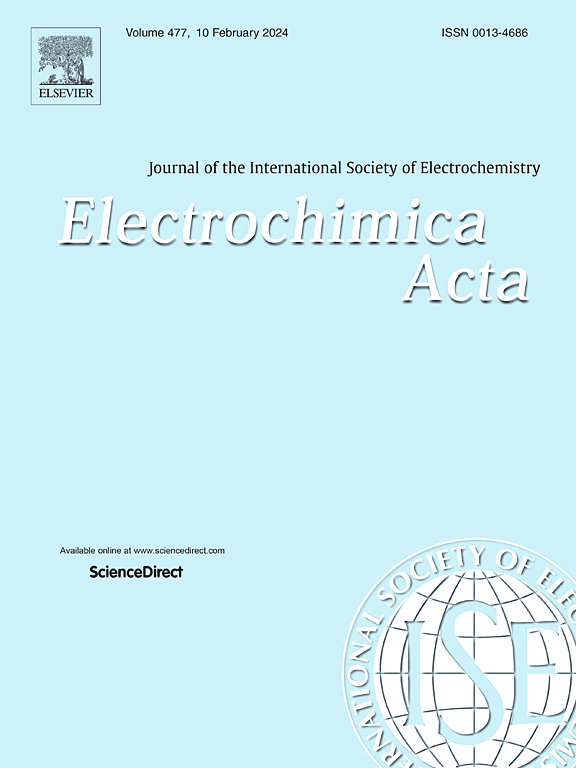A sandwich-type photoelectrochemical immunosensor strategy based on anti-human IgE@ZnS QD-activated amplifier for highly sensitive IgE detection
IF 5.6
3区 材料科学
Q1 ELECTROCHEMISTRY
引用次数: 0
Abstract
IgE detection in allergy-related diseases is still a challenge, and the existing clinical detection strategies are expensive and time-consuming, which are difficult to meet the clinical needs. Photoelectrochemical methods, which are developing rapidly, are widely used in the field of biomolecular marker detection because of their reliable performance, convenient operation and low cost. In this study, a highly sensitive photoelectrochemical immunosensor based on zinc sulfide quantum dots (ZnS QDs) modification was developed for IgE detection. ZnS QDs synthesized by hydrothermal method have strong photoelectrochemical reaction ability, and Anti-IgE@ZnS QDs was used as a probe to construct a sandwich sensor on a CS/Au nanoparticle-modified ITO slide. The sensor utilizes the excellent conductivity of ZnS QDs and Au NPs to exhibit good photoelectrochemical (PEC) performance in I3−/I− electrolytes without the need for biotoxic reagents. The linear range of IgE detection is from 1 ng mL−1 to 1×105 ng mL−1, with a limit of detection of 6.12 ng mL−1 and a limit of quantification of 18.5 ng mL−1. The sensor offers excellent stability, selectivity, and reproducibility for IgE detection. The sensor provides a new method for IgE detection, and its photoelectrochemical platform provides a reference strategy for the detection of other biomolecules.
一种基于抗人IgE@ZnS qd激活放大器的三明治型光电化学免疫传感器策略用于高灵敏度IgE检测
过敏症相关疾病的IgE检测仍然是一个挑战,现有的临床检测策略昂贵且耗时,难以满足临床需求。光电化学方法以其性能可靠、操作方便、成本低等优点,在生物分子标记物检测领域得到了广泛的应用。本文研制了一种基于硫化锌量子点(ZnS QDs)修饰的高灵敏度光电免疫传感器,用于IgE检测。水热法合成的ZnS量子点具有较强的光电反应能力,以Anti-IgE@ZnS量子点为探针,在CS/Au纳米粒子修饰的ITO载玻片上构建了三明治传感器。该传感器利用ZnS量子点和Au NPs的优异导电性,在I3−/I−电解质中表现出良好的光电化学(PEC)性能,而无需使用生物毒性试剂。IgE检测线性范围为1 ~ 1 ~ 105 ng mL - 1,检测限为6.12 ng mL - 1,定量限为18.5 ng mL - 1。该传感器为IgE检测提供了极好的稳定性、选择性和可重复性。该传感器为IgE检测提供了一种新的方法,其光电电化学平台为其他生物分子的检测提供了参考策略。
本文章由计算机程序翻译,如有差异,请以英文原文为准。
求助全文
约1分钟内获得全文
求助全文
来源期刊

Electrochimica Acta
工程技术-电化学
CiteScore
11.30
自引率
6.10%
发文量
1634
审稿时长
41 days
期刊介绍:
Electrochimica Acta is an international journal. It is intended for the publication of both original work and reviews in the field of electrochemistry. Electrochemistry should be interpreted to mean any of the research fields covered by the Divisions of the International Society of Electrochemistry listed below, as well as emerging scientific domains covered by ISE New Topics Committee.
 求助内容:
求助内容: 应助结果提醒方式:
应助结果提醒方式:


